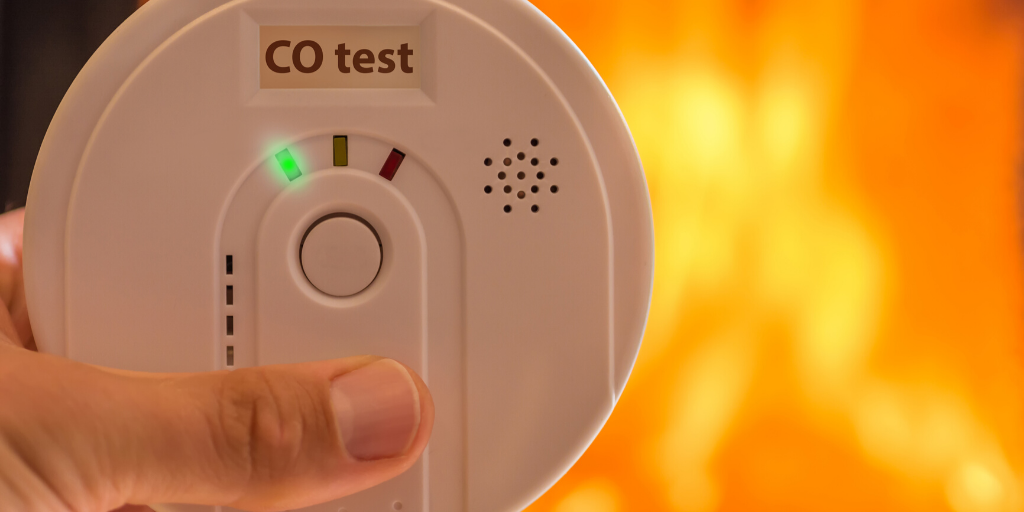
Carbon monoxide (CO) is often called the “silent killer.” Why? Because this deadly gas is colorless and odor-free, making it difficult to detect. With some help from the CDC, we’ve put together some FAQs regarding carbon monoxide, how it can affect you and your family, and how you can prevent it from coming into your home.
What is CO and where does it come from?
Carbon monoxide is a gas that is found in fumes produced by burning fuel. This can occur from cars, small engines, grills, fireplaces, gas ranges, and more. When CO from these appliances build-up indoors without proper ventilation, it becomes toxic and poisonous to animals and people who breathe it in.
What are the symptoms of CO poisoning?
Interestingly, CO poisoning symptoms are often referred to as “flu-like,” including headache, dizziness, weakness, upset stomach, vomiting, chest pain, and confusion. Prolonged times of inhalation can lead to passing out and eventually death. It’s also important to note that people who are asleep or under the influence of alcohol may die from CO before showing any symptoms.
How can I prevent CO poisoning?
Preventing this deadly gas from hurting yourself and your family starts with you! First and foremost, install carbon monoxide detectors around your home. Because symptoms of CO poisoning can be flu-like, it can be difficult to determine where your symptoms are coming from, and this is where a CO detector comes in handy. Consider buying a digital readout detector that will let you know the levels of CO in your home as well as alert you when it becomes too high. Just like smoke detectors, these need to be replaced often, ideally every five years.
There are a few other preventative measures you can take according to the CDC, including annual chimney cleanings and inspections, avoiding using a gas range oven or stove for heating purposes, and never using a generator in your home unless its 20 feet away from a window, door, or vent.
Remember that CO poisoning can happen in cars, too! Do NOT run your car inside a garage that is attached to a house even with the garage door open. Even if the garage is detached from the house, always open the door to the garage to let in fresh air when you run a car or truck inside.
For more information, see the CDC carbon monoxide FAQ page here.
